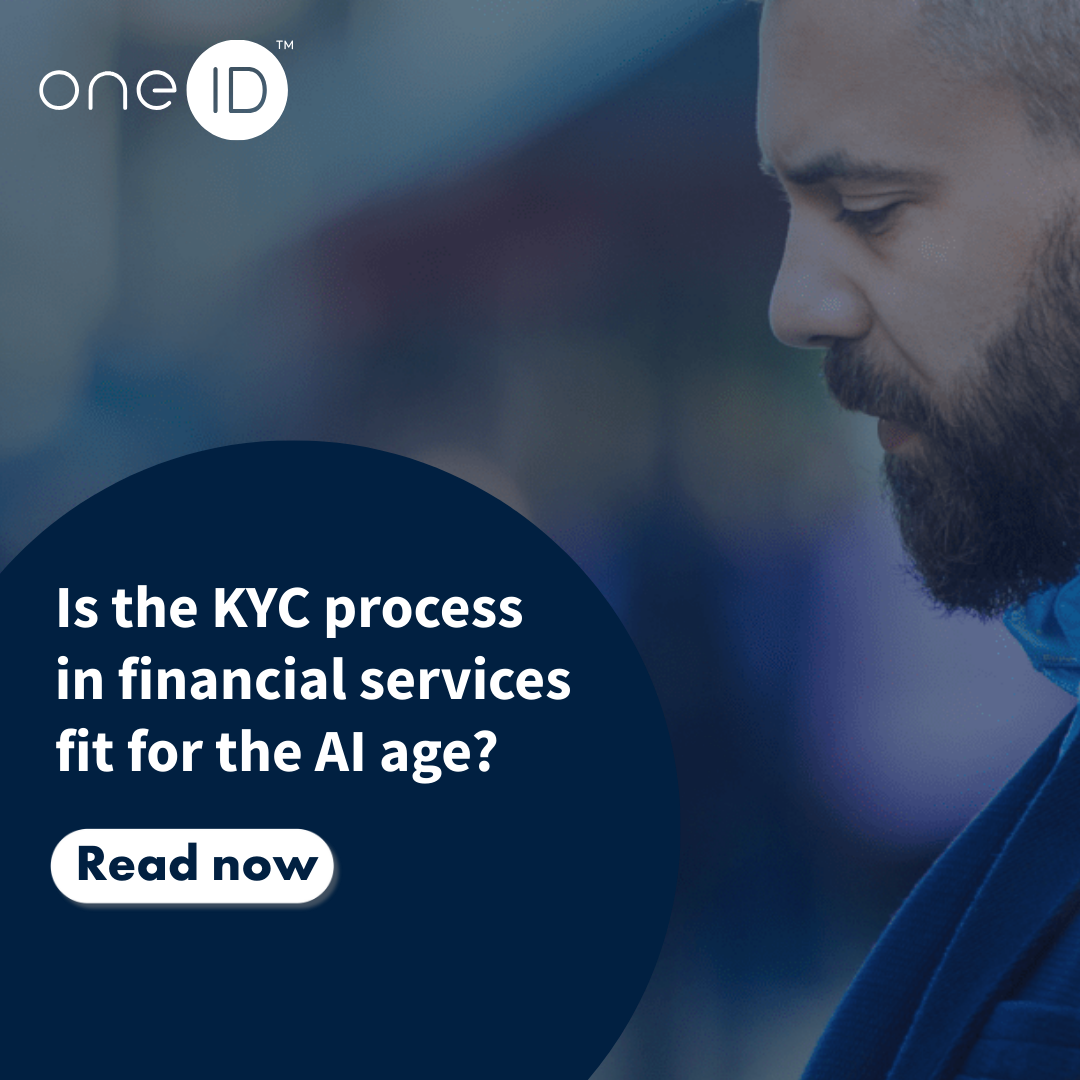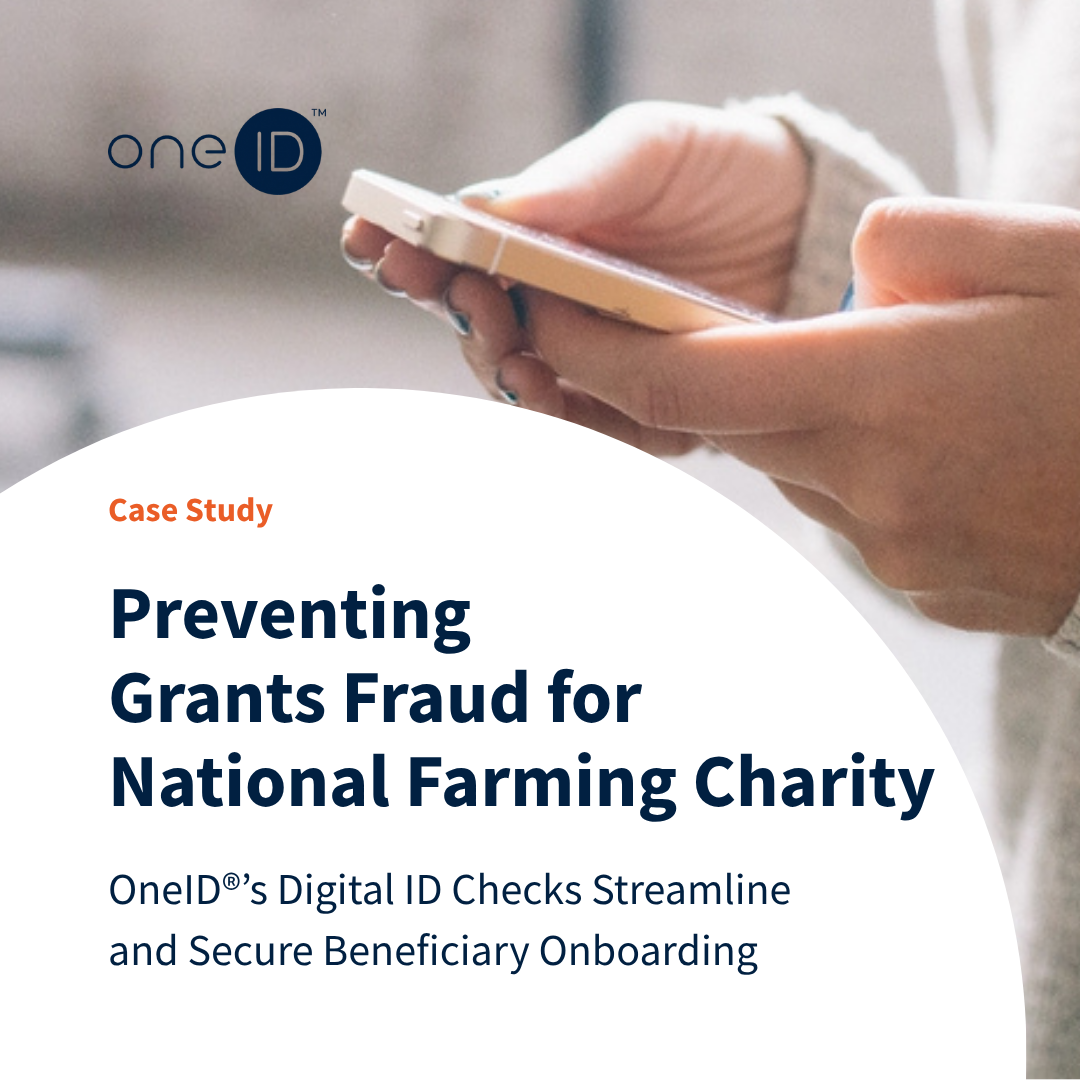This article was originally published in May’s edition of the Retail Banker International magazine as well as their online platform. Click here to read it in the Retail Banker International.
As well as streamlining the customer onboarding journey, digital identity verification using the Open Banking protocol reduces the risk of fraud and increases business confidence to accept payments that may otherwise be rejected, writes Fiona Jones, OneID®.
Over the last year our lives have moved increasingly online, be it for shopping, or working, or for accessing healthcare and education.
It’s imperative that organisations adapt quickly to these changes. Their success and very survival depend on their ability to respond to changing customer needs across the markets they serve.
This is particularly true in the area of e-commerce.
E-commerce as a proportion of total retail sales in the UK reached an all-time high in January this year, with year-on-year growth of 181% and a value of over £3.2bn.
Whilst the move away from physical experiences has been pushing businesses to invest in their digital channels for years, the acceleration from the events of the past year is strong.
If businesses fail to recognise the strength of these trends towards digital, and adapt accordingly, they will lose out. This is especially the case for online retailers experiencing abandonment in their digital channels.
Across all industries, abandonment in the UK sits at around 82%. In some sectors it’s higher, and when looking at abandonment on mobile devices it increases yet again.
With mobile now the primary channel for online shoppers, this cannot be ignored by retailers who need to ensure they provide the best online experiences in order to increase conversion.
It’s been three and a half years since Open Banking was introduced in the UK, and activity is beginning to ramp up.
There are more than 300 providers using the technology, and 2020 saw almost six billion API calls within the system. Not only is Open Banking activity increasing in volume, but also variety.
Banks and providers are beginning to look past simple account aggregation as the only use for Open Banking, realising the potential in providing bank data through the infrastructure.
Digital identity solutions such as OneID, use this Open Banking infrastructure to enable customers to identify themselves online though the personal data information held by their banks.
Building on the already-established open-API model, digital identity platforms allow consumers to take control of their own digital identity.
Whenever an individual needs to prove who they are online, whether it’s to make a payment or access an account, they can do so through digital identity platforms. The open-API model means that consumers can easily consent through biometric authentication for their banks to share their identity information with the organisation they are transacting with.
For banks, this presents an opportunity to facilitate better digital abilities for their business customers.
By commercialising their existing Open Banking investments, banks have a huge role to play in enabling businesses to benefit from smoother onboarding with digital identity, and consumers to control who has access to their data, simplifying and securing their digital lives.
For consumers, this means a smoother onboarding journey. A zero-data-entry journey is created, removing the need for long, manual sign-ins as well as reducing reliability on social sign-ins that can lead consumers to feel insecure about their data.
For businesses, immediately a better online customer experience is created.
Some 31% of consumers abandon when asked to create an account, with a further 23% saying they abandon when the checkout process is too long or complicated.
Utilising digital identity to onboard customers creates frictionless onboarding, reducing abandonment at this stage of the user journey.
Even better for businesses, this improved customer experience is achieved without compromising on security. Onboarding using digital identity solutions allows organisations to be confident that their customers are who they say they are.
Individuals identify themselves through their digital banking, using the biometric login methods they always use to access their accounts.
Whether this be face ID or fingerprint ID, businesses will be receiving bank-verified data that they know is coming from the right person.
Not only does this significantly minimise the risk of many types of fraud, including identity, facility takeover and CNP fraud, it also allows businesses confidence to accept payments that may otherwise be falsely rejected on the suspicion of being fraudulent.
Digital identity as a solution is simple and built upon the strong infrastructure and ecosystems of banks, businesses, and Open Banking APIs.
A frictionless digital identity service for consumers to utilise their existing bank account data to transact online simply and securely is achievable now.
Businesses should embrace new technology that enables them to create smoother online customer onboarding processes as their customers’ expectations around digital experiences change.
This article was originally published in May’s edition of the Retail Banker International magazine as well as their online platform. Click here to read it in the Retail Banker International.

What are some of the biggest obstacles to growth that traditional or document-based identity verificatio...

A UK-based farming charity needed a faster, more secure way to distribute grants and relief payments. Th...

The Online Safety Act (OSA) marks a new chapter in how we think about digital responsibility. 60 days af...

Turnkey, a leading provider of insolvency software solutions, has announced a new partnership with OneID...